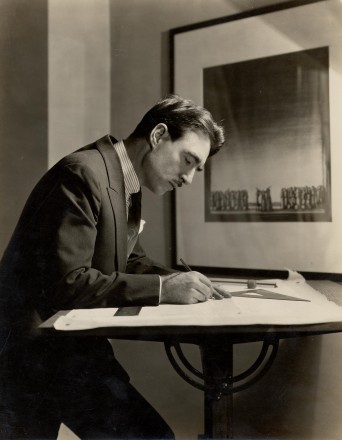
Le Corbusier said:
“Architecture is the masterly, correct and magnificent play of masses brought together in light.”
One might infer from this famous utterance that with the absence of light architecture is not possible.
What could be more fundamental therefore than lighting design? What could be more ambitious than emulating the sun?
radiance, gleam, glow, glare; shining, gleaming, glowing; brilliance, luminescence, illumining, irradiance, lucency, lambency, effulgence, refulgence
Great words! Let’s cover the ground rules of lighting design from an aesthetic standpoint and bring those words into practice. You’ll have to go elsewhere for technical information such as footcandles and recommended illumination levels.
Phyla of illumination. Aspect of delivery. Class of luminaire.
The world is divided in to Linnaean Kingdoms:
- Light
- Darkness
The phyla of the kingdom of light are:
- Natural light
- Artificial light
For design thinking each phyla is divided into three aspects of light,
each aspect serving a specific need:
- Ambient
- Task
- Accent
Which nicely parallels the Vitruvian definition-of-architecture thing:
- Firmness (ambient)
- Commodity (task)
- Delight (accent)
Aspect
With ambient light I can find the sofa in a room.
With task light I can read a book while sitting on the sofa.
Accent light adds sparkle to the room, or illuminates the portrait on the wall.
Aspect is what the lighting designer thinks about – and uses to catalog and document her intentions for the lighting of each space.
Class
Within the phyla of artificial light, there are classes of fixtures independent of aspect. Aspect is an aesthetic intention. Class in this sense is a form of photon or lumen delivery:
- Pendant: a luminaire hanging on a string.
- Recessed: into wall, ceiling, or floor – with a minimal expression on the surface.
- Surface: attached to wall, ceiling, or floor – when you want to feature the luminaire or fixture.
- Indirect: luminaire and lamp hidden behind elements of the building.
Those are the three biggies. Beyond this, the taxonomy of luminaires is messy and almost endless:
- track light
- monopoint
- wall-washer
- down-light
- up-light
- can-light
- art-light
- step-light
- makeup-light
- bookshelf light
- chandelier
- and so forth ad infinitum
One good way to begin a lighting design
- Organize a preliminary lighting fixture schedule by class of fixture.
- Find an appropriate symbol for each class.
- Design the lighting plan knowing which aspects the space requires and solving for “aspect” by assigning fixtures of appropriate “class”.
Then you’ll have a head start with finding actual fixtures in manufacturers catalogs.
Aphorisms from the GBA:
- For now, screw-based CFLs are the best bulb choice for residential lighting.
- It’s better to illuminate the ceiling than the floor.
- Most homes need more task lighting.
- Every section of kitchen countertop needs task lighting.
- Task lighting fixtures should be controlled by separate switches rather than a single switch that energizes several fixtures at once.
- Put reading lights where they belong.
- Most bedrooms have insufficient ambient light.
- Every bathroom needs at least two wall-mounted fixtures, located to the right and to the left of the bathroom mirror.
- Just say no to dark-colored shades and lenses.
- Don’t forget to provide good lighting in basements, attics, and crawl spaces.
Lamps
Bulbs with an Energy Star label are likely to last longer than cheaper unlabeled bulbs.
If LED lamps continue to drop in price and improve in quality, they are (eventually) likely to replace CFLs in many locations. If you care about energy efficiency, use linear fluorescent tubes (especially T-5 or T-8 lamps) in locations where they make sense, like kitchens. Don’t install any incandescent lamps.
Here is some information on lamp efficiency:
- Indancescent bulbs produce about 14 to 17 lumens per watt.
- Low-cost LEDs produce about 15 to 25 lumens per watt.
- High-quality LEDs produce about 40 to 70 lumens per watt.
- CFLs produce about 48 to 60 lumens per watt.
- T-5 and T-8 linear fluorescent tubes produce about 98 to 105 lumens per watt.
Technology wants to be Invisible
Theater designers almost have it easier: they illuminate a scene from off-stage, and can focus on the appearance of the actors and scene without getting bogged down in the appearance of the delivery mechanism (the luminaire). Technology wants to be invisible. Architects could do worse than follow this advice, and focus on the intended purpose of the technical system and hide the machines that make the good light, or the good air, or the good water, possible.